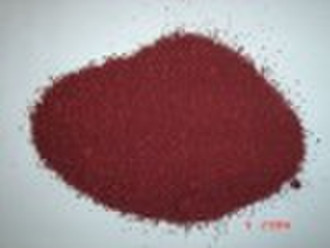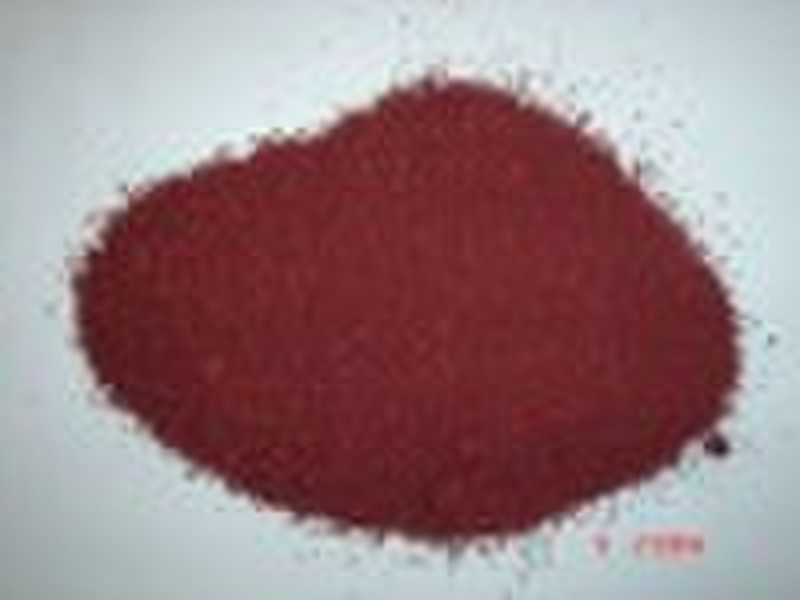Lycopene(粉末)

Liao Xiaoxue
联系人姓名
基本信息
| 出生地 | China (Mainland) |
|---|---|
| 牌子的名字 | KEB |
| 职能 | 美容产品 |
| 剂量形式 | 粉 |
In plants, algae, and other photosynthetic organisms, lycopene is an important intermediate in the biosynthesis of many carotenoids, including beta carotene, responsible for yellow, orange or red pigmentation, photosynthesis, and photo-protection. Structurally, it is a tetraterpene assembled from eight isoprene units, composed entirely of carbon and hydrogen, and is insoluble in water. Lycopene's eleven conjugated double bonds give it its deep red color and are responsible for its antioxidant activity. Due to its strong color and non-toxicity, lycopene is a useful food coloring. Lycopene is not an essential nutrient for humans, but is commonly found in the diet, mainly from dishes prepared with tomato sauce. When absorbed from the stomach, lycopene is transported in the blood by various lipoproteins and accumulates in the liver, adrenal glands, and testes. Because preliminary research has shown an inverse correlation between consumption of tomatoes and cancer risk, lycopene has been considered a potential agent for prevention of some types of cancers, particularly prostate cancer. However, this area of research and the relationship with prostate cancer have been deemed insufficient of evidence for health claim approval by the US Food and Drug Administration (see below under Antioxidant properties and potential health benefits).
付款条款
Documents Against Acceptance
Documents Against Payment
Letter of credit
Telegraphic transfer
-
支付方式
我们接受:









